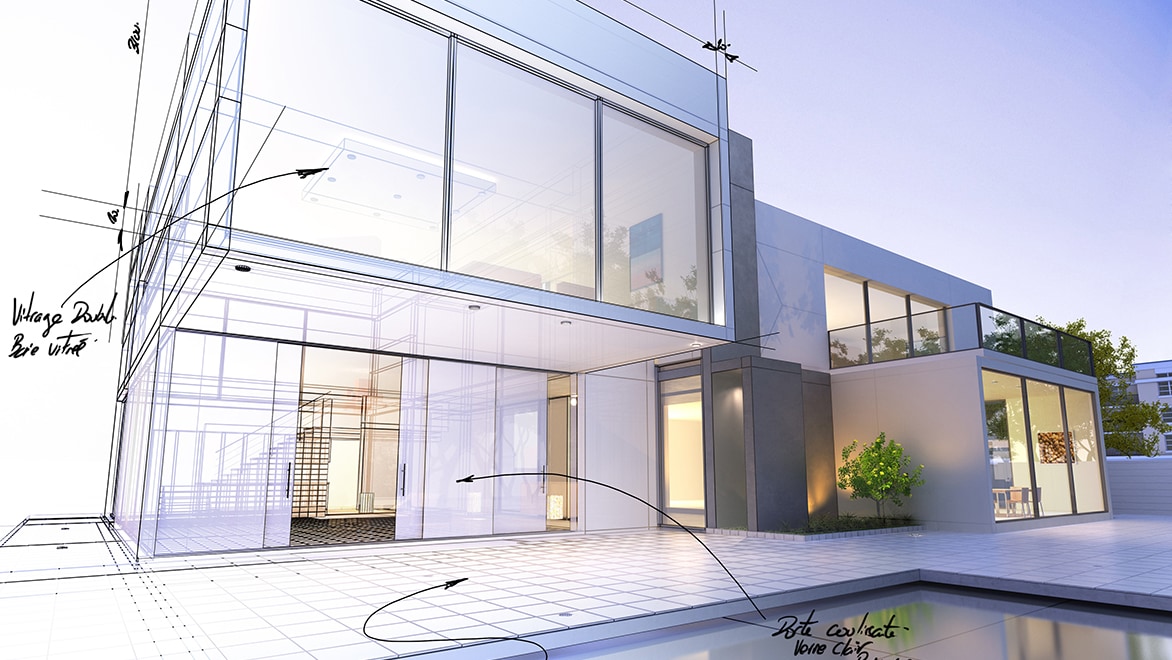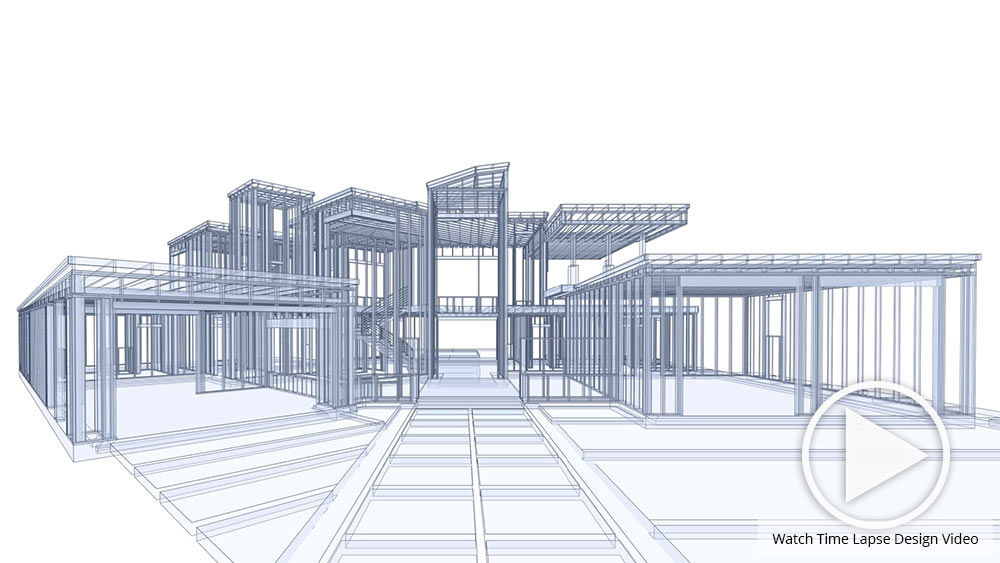The Creative Process Behind Effective Tasks from CDA Architects
The Creative Process Behind Effective Tasks from CDA Architects
Blog Article
A Thorough Review of Building Styles and Their Influence on Modern City Preparation and Growth
Architectural designs have actually long served as a mirror to the social values and technical advancements of their time, playing a critical role in forming modern city planning and growth. From the splendour of Neoclassicism to the practical approach of Brutalism, each style has actually introduced special principles that influence metropolitan aesthetics and performance.

Historic Review of Architectural Styles
Throughout history, architectural styles have actually advanced in response to cultural, technological, and environmental elements. Each period shows the dominating worths, ideas, and developments of its time, causing a rich tapestry of layout that indicates human creativity and adaptation. The ancient civilizations, such as the Egyptians and Greeks, established foundational styles that emphasized symmetry and percentage, offering both useful and visual objectives.
As societies transitioned with the Middle Ages, Gothic design emerged, characterized by its verticality and elaborate detailing, mirroring the spiritual desires of the period. The Renaissance noted a rebirth of classic suitables, merging art and architecture in innovative manner ins which affected succeeding styles across Europe.
The Industrial Revolution presented brand-new materials and construction techniques, motivating activities like Modernism, which challenged traditional kinds and welcomed simplicity and functionality. The 20th century saw a diversification of designs, with Postmodernism reacting against the raw minimalism of its precursor, incorporating historical referrals and eclectic elements.
Today, architectural designs remain to advance, driven by globalization and sustainability issues, mirroring a dynamic interaction between heritage and advancement (cda architects). This historical introduction underscores the relevance of architecture as a mirror of societal advancement and as a catalyst for metropolitan growth
Secret Architectural Styles Explained
The variety of building styles shows the myriad impacts that shape our developed setting, each embodying distinct attributes and social importances. Secret building designs include Classic, Gothic, Baroque, Innovation, and Postmodernism, each standing for unique historical contexts and aesthetic ideologies.
Classical architecture, rooted in ancient Greece and Rome, highlights proportion, percentage, and using columns. In contrast, Gothic design, prospering between Ages, is characterized by pointed arches, ribbed vaults, and flying buttresses, producing an ethereal quality in basilicas. Baroque design, arising in the 17th century, is noted by majesty, elaborate ornamentation, and a dynamic interaction of light and darkness.
Innovation, which gained momentum in the very early 20th century, prioritizes feature over form, utilizing new products like steel and glass to develop minimal frameworks. Postmodernism, responding versus the austerity of Innovation, accepts eclecticism and historic referral, commonly including lively aspects and irony.
Comprehending these styles offers insight right into the social stories and technological improvements of their particular eras, highlighting how architecture offers not equally as a sanctuary, but as a reflection of social worths and ambitions.
Effect on Urban Planning
Fit the growth of cities, building styles significantly affect city planning decisions. The selection of building style often determines the visual appeals, functionality, and total character of urban settings. cda architects. Innovation, with its emphasis on minimalism and capability, encourages open rooms and the combination of technology, forming city layouts that focus on efficiency and access. On the other hand, typical styles might highlight historic preservation, bring about urban layouts that maintain social heritage and advertise pedestrian-friendly atmospheres.
Furthermore, architectural designs can affect zoning laws and land use plans. Urban organizers must think about the dominating building fads when developing areas, making certain that new growths integrate with existing frameworks. This consideration promotes cohesive urban landscapes and enhances neighborhood identity.
The application of specific building styles can also affect socioeconomic aspects that site within a city. For instance, premium modern designs might draw in wealthy citizens and services, leading to gentrification, while more inexpensive real estate solutions might prioritize functional and lasting styles to suit varied populaces. Inevitably, the interaction between architectural designs and metropolitan planning creates vibrant cities that show both historic context and modern needs, forming the lived experiences of their citizens.
Sustainability and Modern Style

Contemporary building activities, such as biophilic design and eco-friendly style, advocate for structures that integrate with their surroundings, using all-natural products and advertising biodiversity. These styles typically incorporate sustainable power sources, such as solar panels and wind generators, to minimize reliance on fossil gas and lower carbon impacts.
Furthermore, the integration of innovative modern technologies, such as wise building systems, improves energy monitoring, optimizing resource usage while making sure occupant convenience. Ingenious water management approaches, including rainwater harvesting and greywater recycling, additional add to lasting urban atmospheres.
Especially, sustainability prolongs beyond environmental worries; it encompasses social and economic dimensions. By promoting community well-being and promoting inclusivity, modern-day building designs align with sustainable advancement goals. The development of architectural practices continues to form resilient cities that not only meet the demands of the existing yet additionally safeguard the future for generations to come.
Neighborhood Interaction in Style
Neighborhood interaction in design works as a critical bridge in between designers and the populations they serve, making sure that the constructed atmosphere shows the demands and goals of its customers. This collective procedure invites neighborhood participants to add their insights and preferences, fostering a visit our website sense of possession and obligation toward the rooms they occupy.
Effective area involvement uses different techniques, such as workshops, studies, and public online forums, to gather diverse viewpoints. These techniques assist in a two-way discussion, allowing engineers to recognize regional contexts while equipping homeowners to voice their issues and desires. This inclusivity not just enhances the layout top quality but likewise promotes social equity by resolving the special challenges dealt with by marginalized groups.
Additionally, area involvement can bring about cutting-edge services Get More Information that may not emerge in a traditional style process. By incorporating neighborhood knowledge and cultural worths, engineers can produce rooms that reverberate even more deeply with users, enhancing usability and sustainability. Inevitably, focusing on community involvement in style processes leads to environments that support social communications, assistance well-being, and reinforce community connections, thus playing a crucial role in shaping modern-day metropolitan landscapes.
Conclusion
Architectural styles have profoundly influenced modern city planning and development, reflecting advancing cultural and technological contexts. As cities continue to expand and adjust, the continuous discussion between building heritage and modern design concepts will certainly continue to be necessary in developing inclusive, vivid areas that improve quality of life and promote social equity.
Report this page